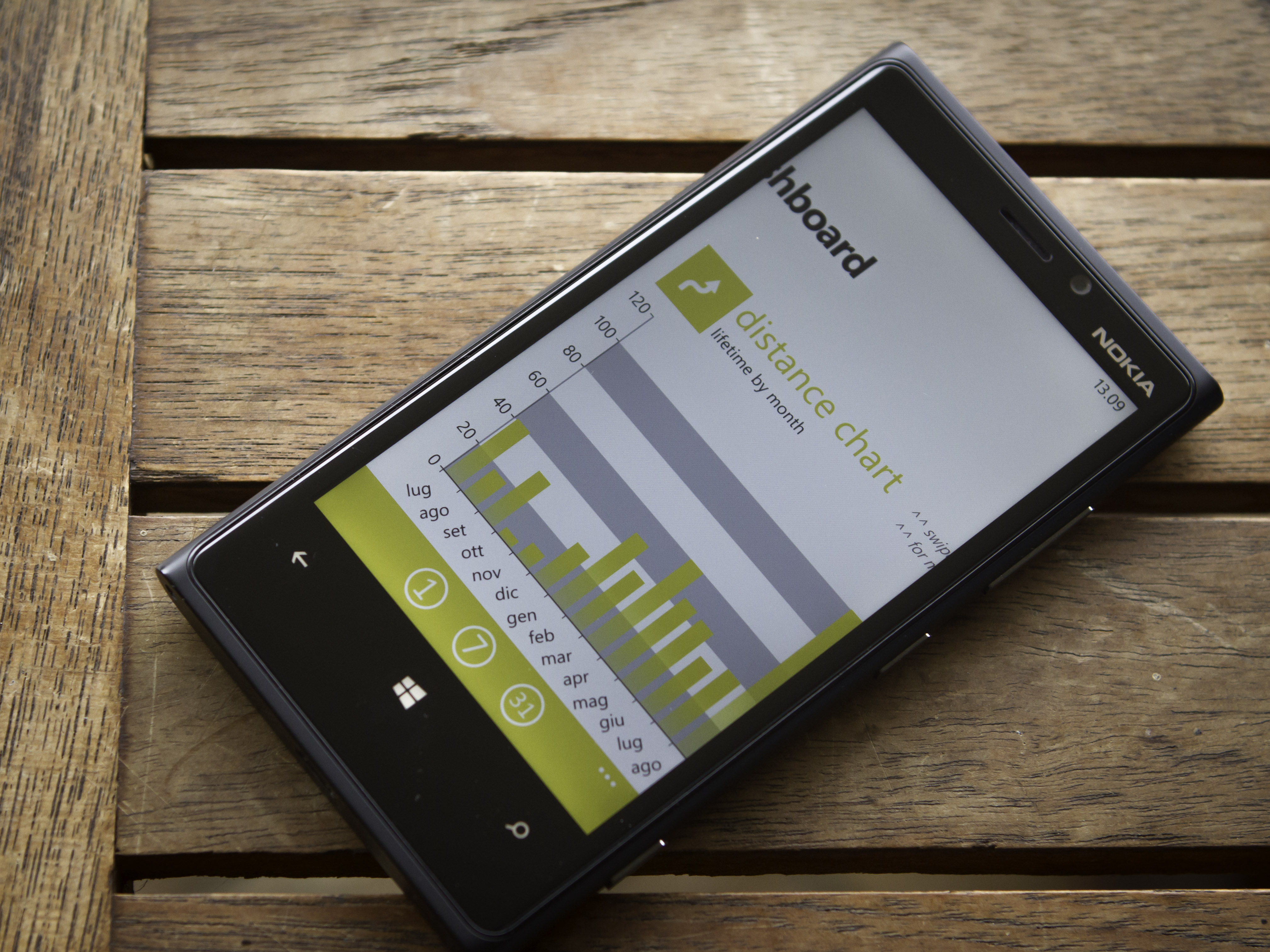
New Surprising Studies About Your Fitness Apps
Americans love our technological gadgetry, and many of us have spent huge sums of money on those innovative wearable fitness devices. Pedometers, accelerometers, and heart rate monitors are usually worn on the wrist. They often come with promises to count the number of steps that we take every day, calculate the number of calories that we burn, or even display our blood pressure and blood sugar levels. But recent studies who that many of these expensive contraptions might not be as effective as we might expect.
Which is better, wearable technology or mobile apps?
When compared to the simple-to-use and infinitely cheaper mobile apps on our smartphones, very few of the wearable devices can compete. Mobile apps are much more accurate in calculating these fitness levels while being equally as motivation for aspiring fitness enthusiasts. In fact, neither the average mobile app nor the typical wearable gadget has proven to motivate procrastinating exercisers in the slightest.
The problem with these wearable devices is that our reactions to the resulting inaccurate data might be counterproductive to our fitness routine. If the device accidentally inflates the number of calories burned, for example, we might be tempted to eat a larger meal or sneak in an extra snack. Or worse, we might even use this as an excuse to reduce our levels of daily exercise when we really should be increasing them. According to the most recent study, only about one percent of those who buy these wearable devices continue to use them after 60 days.
Mobile apps are rising in popularity.
Smartphone apps are easier to use, less cumbersome, and significantly more accurate in comparison. However, not all mobile apps are created equal either. With so many different variations of mobile fitness apps flooding the market, it is almost impossible to establish an overall accuracy level. For example, a recent study had volunteers walking on a treadmill. Each person was wearing a different brand of pedometer, a different brand of accelerometer, and a different brand of wristband monitor. They also carried a smartphone with a different fitness app. Meanwhile, someone else was standing beside the treadmill counting the real number of actual steps taken.
The results were extremely diverse, but the smartphone apps were significantly more accurate than any of the other wearable devices. Some of the pedometers, for example, inflated the numbers by as much as 20 percent. While both wearable devices and mobile apps can be a great deal of fun to use, they really show no proof of helping us to stay motivated with our exercise routine. We still have to address fitness and exercise with a bit of old-fashioned logic. Getting to the gym is still half the battle. And no type of technological gadget is going to make that any easier.
Share This Story, Choose Your Platform!
Related Posts
Recent Blog Posts
Our Hours Of Operation
| Monday: | 9:00am – 5:00pm |
| Tuesday: | 9:00am – 5:00pm |
| Wednesday: | 9:00am – 5:00pm |
| Thursday: | 9:00am – 5:00pm |
| Friday: | 9:00am – 5:00pm |
| Saturday: | Closed |
| Sunday: | Closed |








